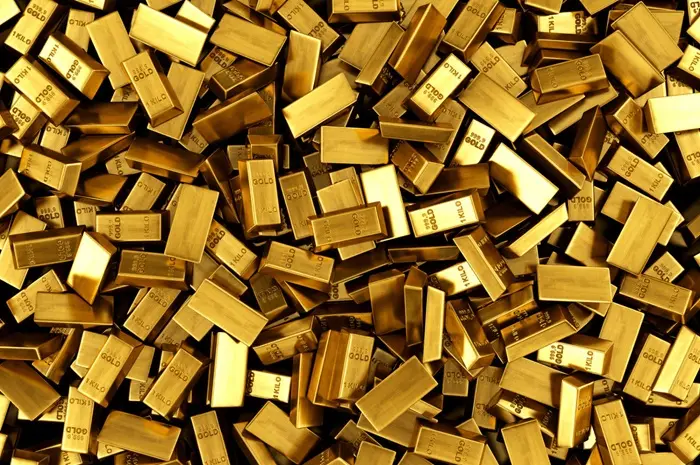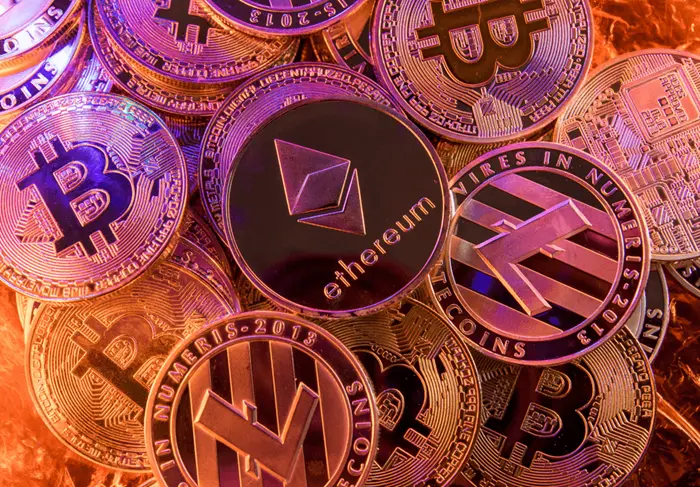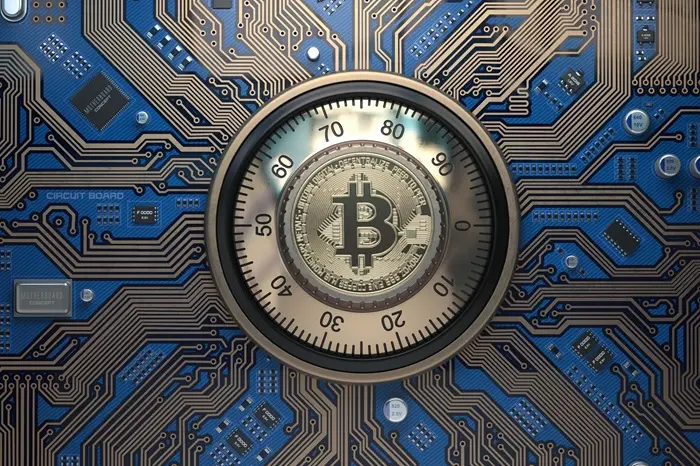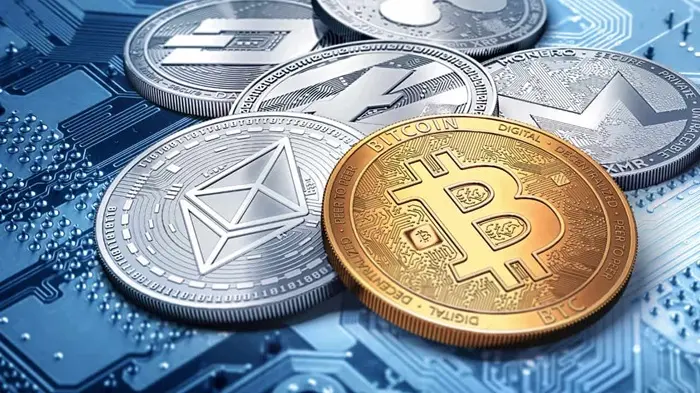Gold nuggets, the bars stacked in bank vaults, and even the plating on Olympic medals could owe their origins to the seismic activity of earthquakes. A recent study suggests that the stress from tectonic plates moving during these earthquakes may trigger a chemical reaction that transforms tiny gold particles into larger nuggets.
A New Gold-Forming Process Uncovered
Chris Voisey, a geologist at Monash University in Australia and co-author of the study, explains the significance of this discovery. “The biggest finding is showing a new gold-forming process and providing an explanation for how really large gold nuggets might form,” Voisey notes. This process addresses a long-standing puzzle in geology, especially since other gold-forming mechanisms lacked sufficient field evidence.
Gold Deposits in Quartz: A Common Source
Approximately 75% of the world’s mined gold is found in quartz, one of Earth’s most abundant minerals. Scientists have long known that dissolved gold exists in fluids within the middle to lower layers of Earth’s crust. These fluids can seep into cracks in quartz, depositing gold. However, the amount of fluid involved seemed to limit the size of the gold chunks that could form. Larger nuggets, therefore, were difficult to explain. While experts hypothesized that gold nanoparticles in the fluid might combine to form larger chunks, the chemical energy required for this reaction appeared insufficient.
The Role of Earthquakes and Piezoelectricity
The new study, published in Nature Geoscience, suggests that the stress caused by earthquakes might activate a property of quartz called piezoelectricity, enabling the formation of larger gold nuggets.
Piezoelectricity, a phenomenon discovered in the 1880s, occurs when certain materials generate an electric charge under mechanical stress. This effect is utilized in everyday items such as microphones and inkjet printers. Quartz exhibits this effect due to its atomic structure, which consists of positively charged silicon and negatively charged oxygen atoms. When quartz is stressed or compressed, the arrangement of these atoms shifts, generating an electric field that alters the material’s electric state.
Testing the Theory
Voisey and his colleagues at Monash University, located near the gold-rich area of Melbourne, hypothesized that this altered electric state might reduce the energy required for gold nanoparticles in the fluid to interact with quartz. This interaction could spark a chemical reaction that allows the nanoparticles to stick to the quartz and accumulate into larger nuggets.
To test their theory, the researchers modeled the electric field that quartz could produce under earthquake-like conditions. They placed quartz crystals in a fluid containing dissolved gold nanoparticles and other gold compounds. When subjected to forces resembling seismic waves, the quartz generated enough voltage to initiate the accumulation of gold nanoparticles.
Implications for Gold Nugget Formation
The study suggests that this process could explain the formation of large gold nuggets, particularly in “orogenic” deposits—those found where tectonic plates have collided and formed mountain ranges.
James Saunders, a consultant geologist not involved in the study, agrees that the findings could be significant for understanding gold nugget formation. He hopes future research will explore specifics, such as the duration of piezoelectricity-causing forces and why large nuggets form only in certain quartz cracks despite similar stress across the region. “I think it is a great idea/hypothesis,” Saunders says. “I’ll be interested if it stands up upon further evaluation.”
Challenges and Future Research
Studying piezoelectricity on a large scale poses challenges, according to Aubreya Adams, a geologist at Colgate University who was not involved in the study. She notes that while measuring stress in a lab is straightforward, quantifying it in Earth’s crust is far more complex.
Voisey and his team plan to continue their research by experimenting with different pressures and temperatures to better understand the process. “This is very much the ‘pilot study’ for this technique,” Voisey says, “so I’m excited to see where it can go.”
[inline_related_posts title=”You Might Be Interested In” title_align=”left” style=”list” number=”3″ align=”none” ids=”3514,3433,3335″ by=”categories” orderby=”rand” order=”DESC” hide_thumb=”no” thumb_right=”no” views=”no” date=”yes” grid_columns=”2″ post_type=”” tax=””]




























